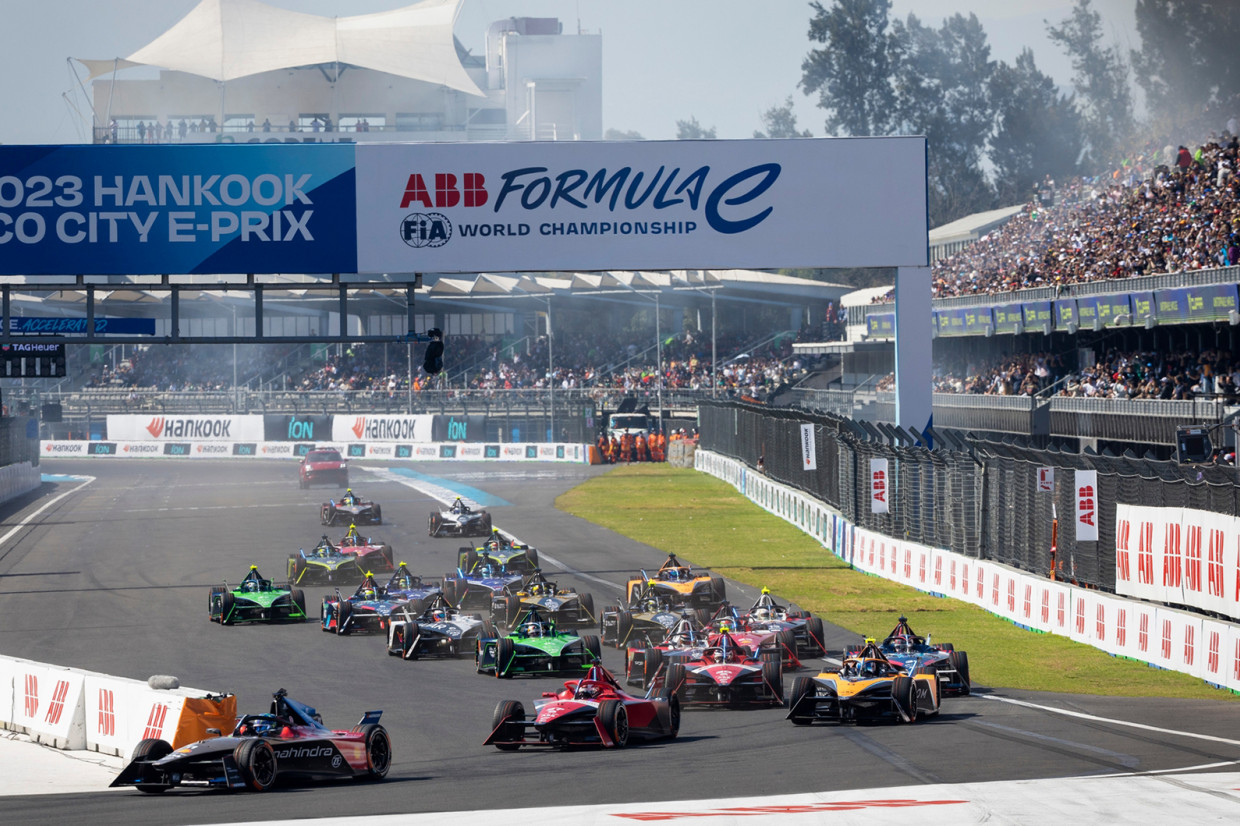
The ninth season of the ABB Formula E World Championship began in Mexico City last weekend – and the event also signalled the start of a new era for the all-electric single-seater category.
The event was the first for the new Generation 3 (Gen3) car, which is faster, bolder and more powerful than its predecessor. The switch to the new 350kW machine has also involved rule changes: the Fanboost system is gone, and the power boost system has been revamped. Meanwhile, Hankook now provides the tyres.
So what are the key takeaways from the first race?
Porsche power is potent
The race was dominated by a pair of Porsche-powered machines: Brit Jake Dennis (pictured below) took a comfortable victory for Andretti Avalance ahead of the works Porsche of Pascal Wehrlein.
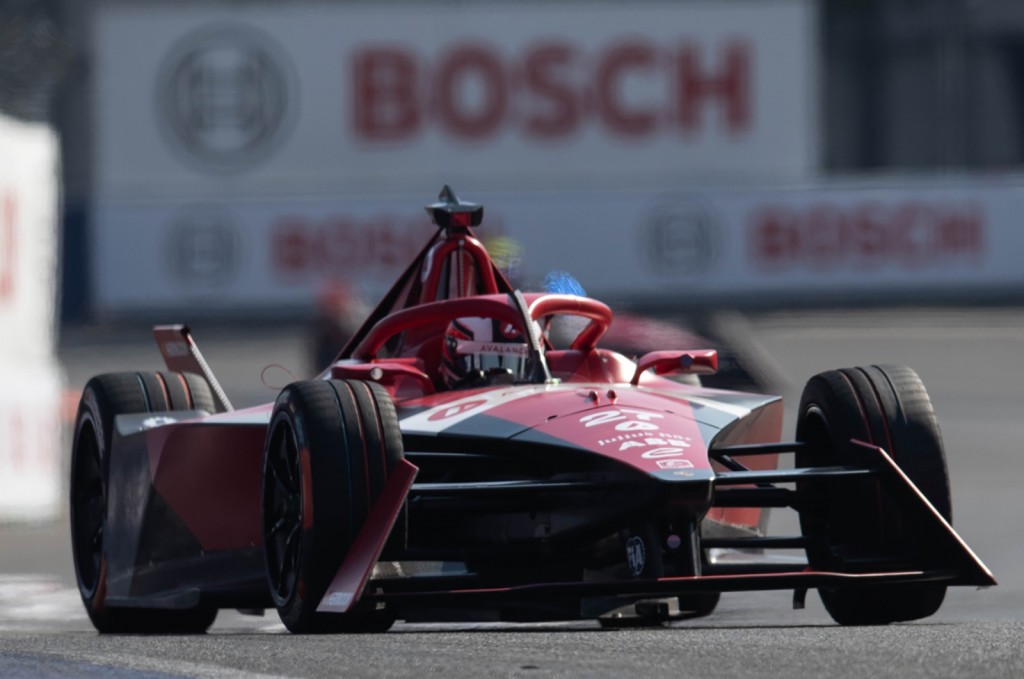
The dominance of the German powertrain was a bit of a surprise given pre-season testing form, which had suggested newcomer Maserati MSG (the team formerly known as Venturi) and the new DS Penske alliance were likely to set the pace.
But the race did not follow the pre-season form book. First, Lucas di Grassi took a surprise pole position for Mahindra. But while the Indian outfit was quick in qualifying when the cars can use the full 350kW, in 300kW race form he di Grassi didn’t have the pace of the Porsche-powered machines.
Dennis stalked di Grassi early on, then made his move on lap 12. He then kept his cool through three safety car periods to take a comfortable and dominant victory.
De Vries had to work harder for his runner-up spot, working his way up from sixth on the grid. Di Grassi hung on to claim a podium that he called “a miracle”.
Energy management is still key in Formula E
Di Grassi was ecstatic with his third place, largely because while he managed to find pace in qualifying Mahindra just didn’t have as much usable energy as the rivals around him on the grid. With the previous generation of cars, the key to success in Formula E was ensuring that machines could keep pushing throughout the race, and that will remain the same with the Gen3 car for the time being.
That said, there could be a change later this year when the planned arrival of mid-race fast charging will bring the introduction of mid-race pit stops. That could change how much drivers will push throughout a race, but for now the most efficient cars will keep rising to the front in races.
Mixed results for new team set-ups
The Formula E grid has undergone a substantial makeover for the new season, with new teams and manufacturers – and a number of existing teams securing new powertrain partners.
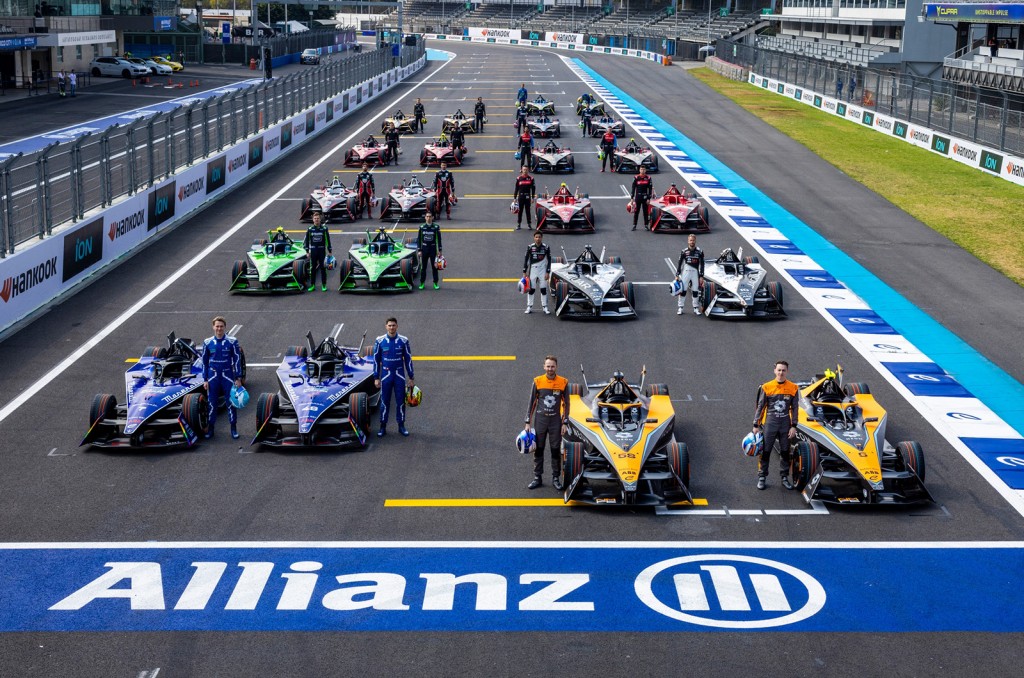
Some of the pairings hit the ground running, clearly none more so than Andretti Avalance, which had run BMW powertrains last season. There was also a solid start for the new McLaren Formula E team, which joined the series by buying the assets of the title-winning Mercedes EQ squad. The outfit secured a deal for Nissan powertrains, and made an encouraging debut with Jake Hughes taking fifth place.
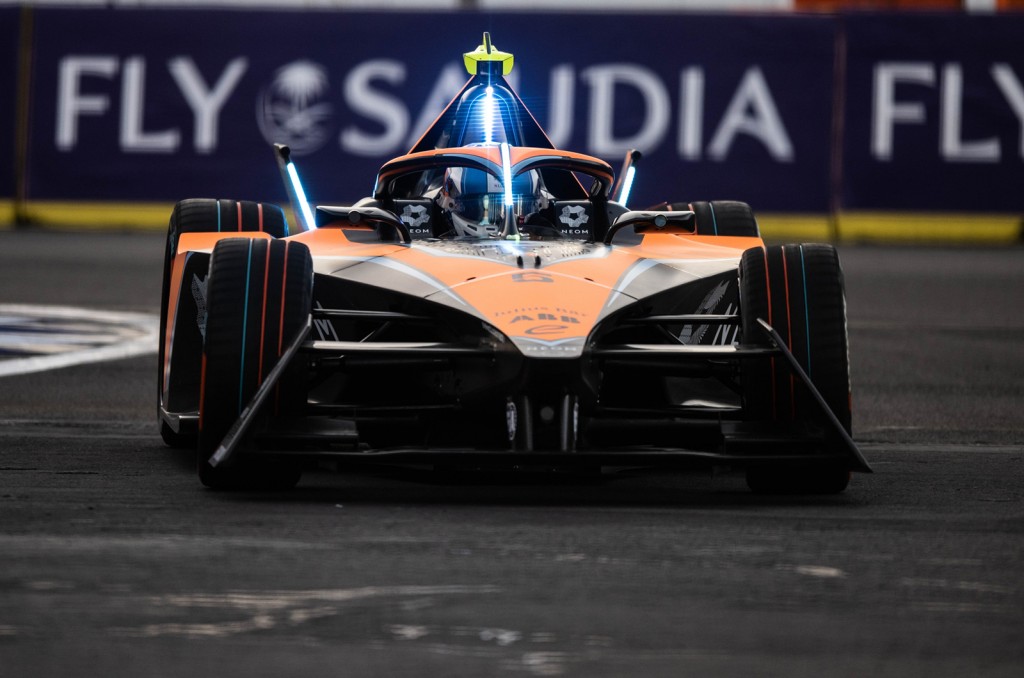
But some of the higher profile manufacturers had difficult weekends. DS Penske could only turn its pre-season pace into a 10th place with Stoffel Vandoorne, while the new Maserati and Abt Cupra squads and the revamped Nissan works team all left Mexico without points on the board.
The Gen3 cars are physical to drive
Dennis described the new machines as being “so hard to drive physically”. That’s partly because the new machines have more power and less grip than the previous machines, which means the drivers have to wrestle the wheel more to keep them in line.
The cars also proved quite difficult to set up and get right, in part due to the amount of software and systems on them. Jaguar Racing’s Sam Bird described them as “a really intricate of kit”, and noted that if one aspect of the set-up was out of place it could make the whole car feel off.
Pre-season testing concerns weren’t realised
The new Gen3 themselves stuff up well to the demands of a race weekend, despite some issues in pre-season testing, particularly concerning the braking systems. The new cars use an electronic system to entirely control the braking, but the system had some issues and an emergency braking ‘failsafe’ system is currently being developed.
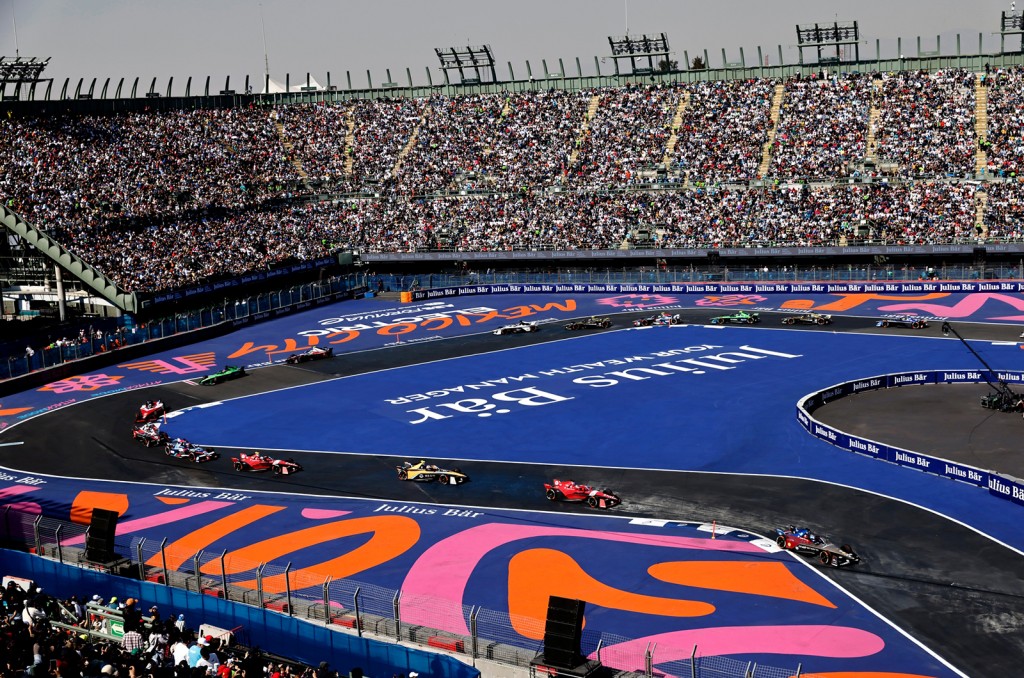
Formula E can still be frenetic
While Dennis took an unusually dominant victory in Mexico City, the action behind Dennis showed that Formula E will still feature frenetic, incident-packed racing with the new Gen 3 cars. There were three safety car periods after incidents in the season-opener, with the most significant coming when Abt Cupra’s Robin Frijns suffered a fractured wrist in a opening lap collision with Norman Nato.
The incident didn’t just leave Frijns in the medical centre: it ended his 32-race Formula E finishing streak.
READ MORE
Subscribe to the Move Electric newsletter
e-CARS
Ten electric cars we're excited for in 2023
Getting an EV sideways: how easy is it to drift a Kia EV6 GT?
Q&A: Jaguar Racing's Sam Bird and Mitch Evans on Formula E's new era
e-BIKES
Ten electric bikes we're excited for in 2023
Can you get fit using an electric bike?
e-MOTORBIKES
Ten electric motorbikes we're excited for in 2023
Super Soco TC Max electric motorbike review
Cake and Polestar team up for new special edition Makka e-motorbike
e-SCOOTERS
Planned laws to legalise private e-scooters face delay
Five key takeaways from the rental e-scooter trials report
Which train firms have banned e-scooters from their services?
e-WORLD
Move Electric's best features of 2022: lap records, tuk-tuks… and sausage rolls
Volvo Trucks keeps on electric trucking with three new models

